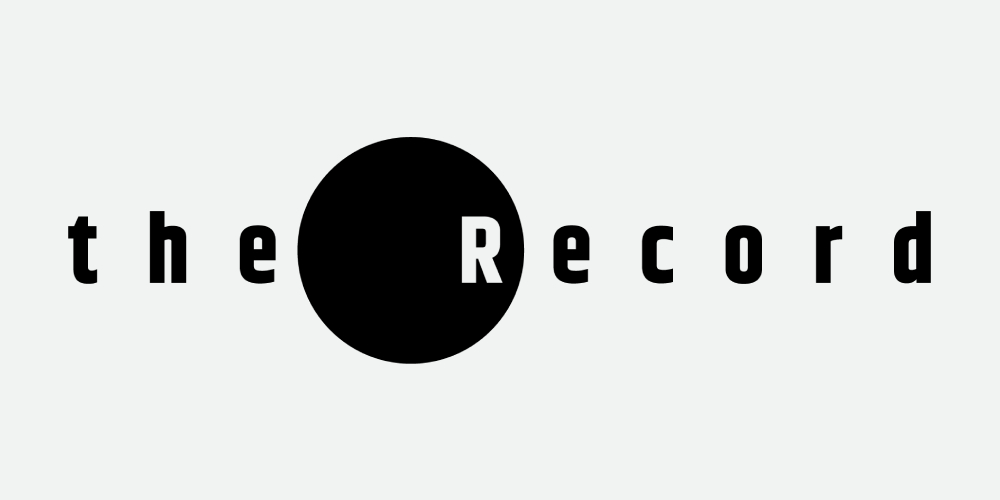
The Wire
Photo Essays
2 MIN READ

Shivaratri melaa (fair) in Gobardiha is a marketplace for traders, a venue for theater and dance, a gamblers’ den, even a place to search for love.

For nearly a century, the village of Gobardiha in Dang’s Deukhuri Valley has hosted an annual Shivaratri melaa (fair). The melaa has many faces. It is at once a ritual of devotion to Mahadev (the great god), a marketplace for traders from near and far, a venue for theater and dance, a gamblers’ den, even a place to search for love.
According to locals, the melaa began in 1982 BS (1925-26 AD). At the time, a local tax collector named Jokhan Chaudhary had a dream-vision that a Shivalinga was buried in a nearby forest. He went to the spot, unearthed the god, placed it beside his Haveli, and built a temple around it. Jokhan invited villagers from all around to worship at his temple on Shivaratri, and he also hosted a giant feast and theater performance in a nearby orchard. At first, only Tharu people and Yadav cow-herders came (very few hill-caste people settled in the Deukhuri Valley prior to the 1960s, when the government eradicated malaria). Today, the melaa is attended by people of all castes and ethnicities.
Click picture for enlargement

| 
|

Tom Robertson Tom Robertson, PhD, is an environmental historian who writes about Kathmandu and Nepali history. His Nepali-language video series on writing, 'Mitho Lekhai', is available on Youtube. His most recent article, 'No smoke without fire in Kathmandu’, appeared on March 5 in Nepali Times.

